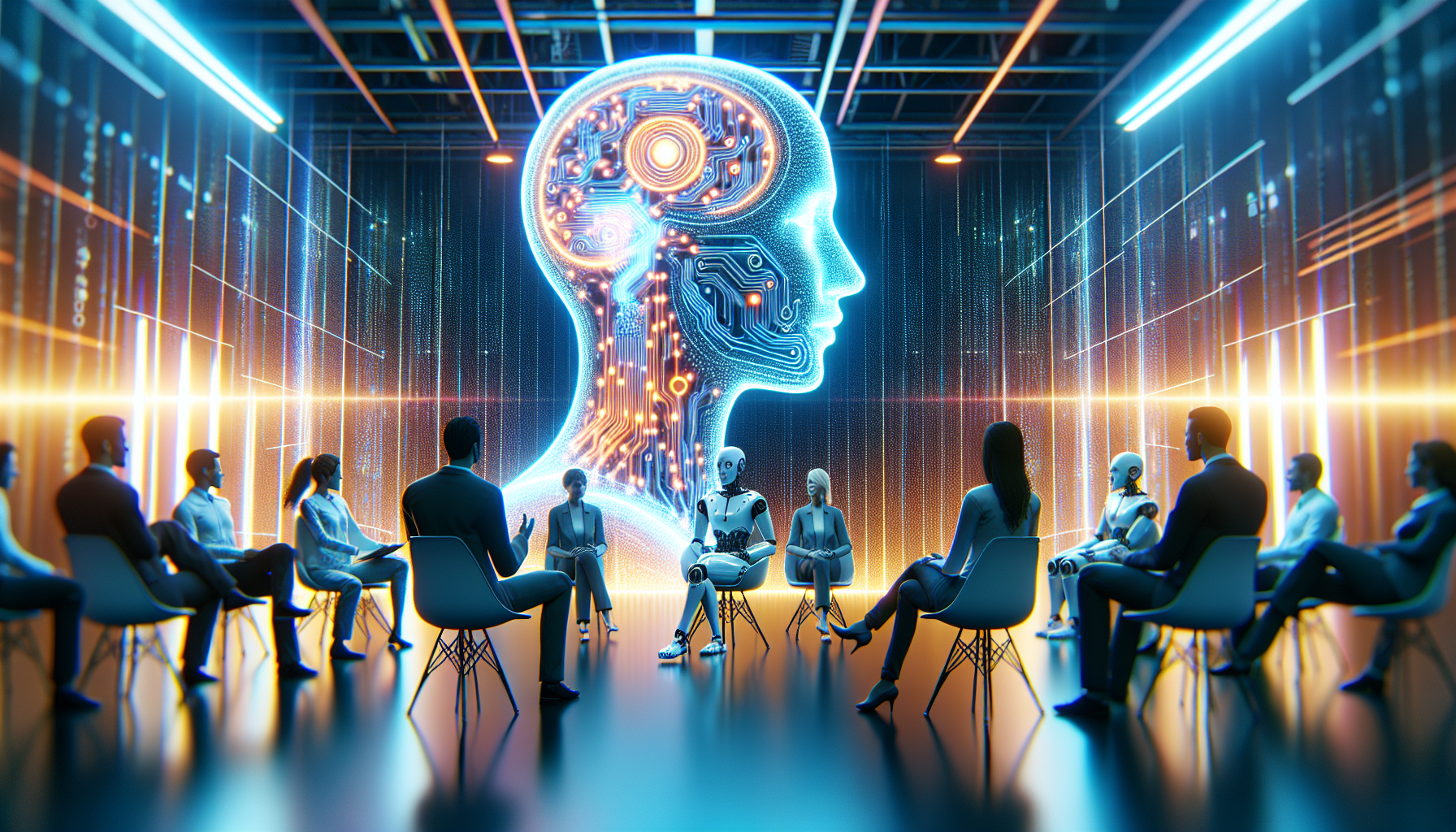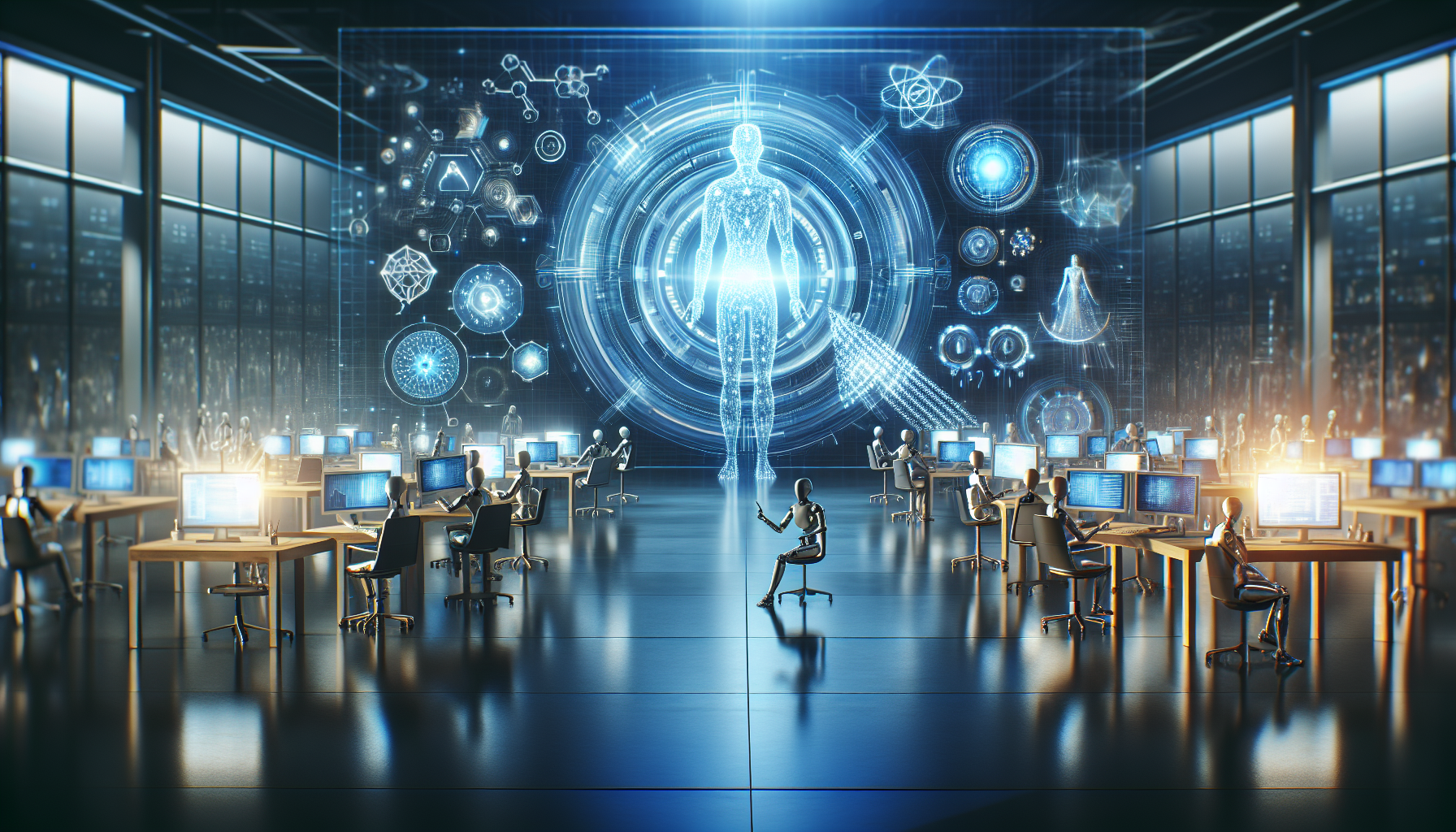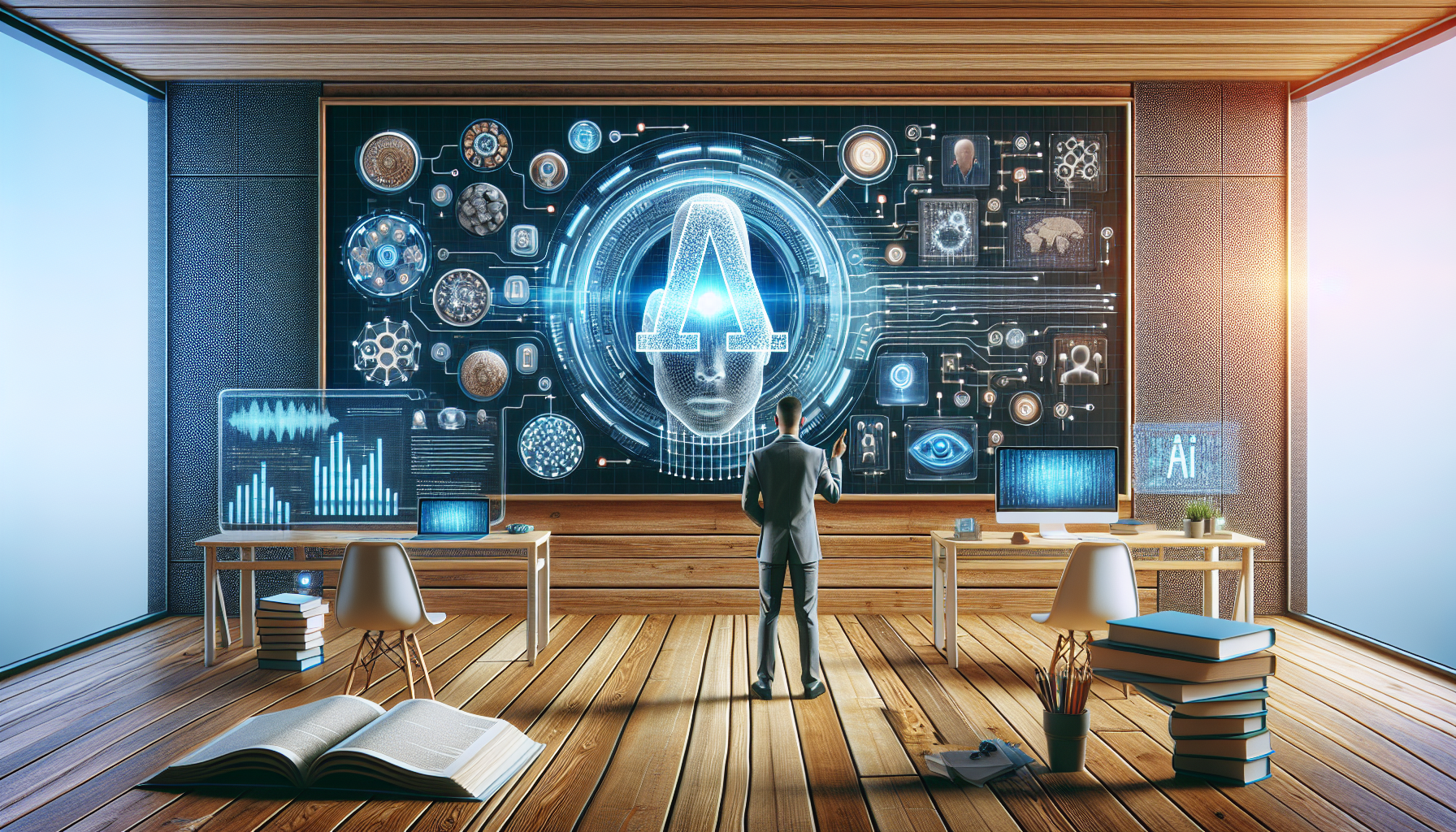
AI and the Future of Work: Navigating Automation's Impact on Employment
November 4, 2025
Artificial Intelligence is reshaping the contours of the workforce with a pace and precision that few technological advancements have matched. As AI systems become more embedded in various sectors, the implications for employment are profound and multifaceted. The conversation often oscillates between utopian visions of increased leisure and dystopian fears of mass unemployment. However, the reality likely lies somewhere in between, requiring nuanced understanding and strategic planning.
The fear that AI and automation might render human labor obsolete is not entirely unfounded. Machines are now capable of performing tasks once thought to require distinctly human traits. From customer service chatbots to complex data analysis, AI is not just performing tasks—it is optimizing them. This capability has led to increased efficiency and productivity, but at the potential cost of job displacement. Historical precedents, such as the Industrial Revolution, remind us that technological advancement can lead to significant shifts in labor demand, often outpacing the ability of the workforce to adapt.
Nevertheless, the narrative of AI merely as a job destroyer overlooks its potential as a job creator and enhancer. For instance, the rise of AI has already contributed to the emergence of entirely new categories of employment. Roles such as AI ethicists, data scientists, and machine learning engineers have gained prominence, underscoring the demand for new skills and expertise. Furthermore, AI can liberate workers from monotonous and repetitive tasks, allowing them to focus on more creative and strategic activities that require emotional intelligence and critical thinking—qualities that remain uniquely human.
The challenge, therefore, lies in the transition. As AI continues to evolve, the need for reskilling and upskilling becomes paramount. Educational institutions and corporate training programs play a crucial role in equipping the workforce with the necessary tools to thrive in an AI-augmented environment. This shift demands a forward-thinking approach to education, one that emphasizes versatility and adaptability. The integration of AI literacy into curricula across various levels of education is not just advisable but essential.
Policymakers too have a critical role in managing this transition. Thoughtful policies can help cushion the impact of automation on employment. This may include incentives for companies to invest in human capital development or subsidies for workers seeking retraining opportunities. Additionally, exploring social safety nets that can support workers during periods of transition is crucial to ensuring that the benefits of AI do not come at the expense of social equity.
It is also worth considering the ethical dimensions of AI in the workplace. Issues of surveillance and data privacy are increasingly pertinent as AI systems monitor employee performance and collect vast amounts of personal data. Striking a balance between leveraging AI for efficiency and respecting individual privacy rights will require careful regulation and transparent corporate practices. Furthermore, as AI systems make more decisions autonomously, questions regarding accountability and fairness in these decisions become unavoidable.
While the trajectory of AI is difficult to predict with precision, one thing remains clear: its influence on the job market is undeniable and accelerating. Navigating this transformation requires collective effort from individuals, corporations, governments, and educational institutions. Embracing AI's potential while addressing its challenges will be a defining task for societies worldwide.
The discussion on AI and the future of work often provokes a binary debate—optimism versus pessimism. Yet, a more constructive approach would be to view AI not as a predetermined fate but as a tool, the impact of which is shaped by human choices and values. What kind of future do we want to engineer with AI? How can we harness its capabilities to foster a more inclusive and dynamic job market? These questions invite not only dialogue but decisive action, urging us to craft a future where technology serves humanity, and not the other way around.


